How to Fix “iPhoto Needs to be Updated” on iOS Devices?
iPhoto was an image-processing Apple app for Macs, iPhones, iPads, etc. Its development was discontinued in 2015, but people could use it. It is based on 32-bit coding and is incompatible with modern devices and systems.
It was replaced with Apple Photos. Now, many Apple devices (mainly iPhones and iPads) are starting to show a message that iPhoto needs to be updated, and you are given the option to keep the app or delete it.
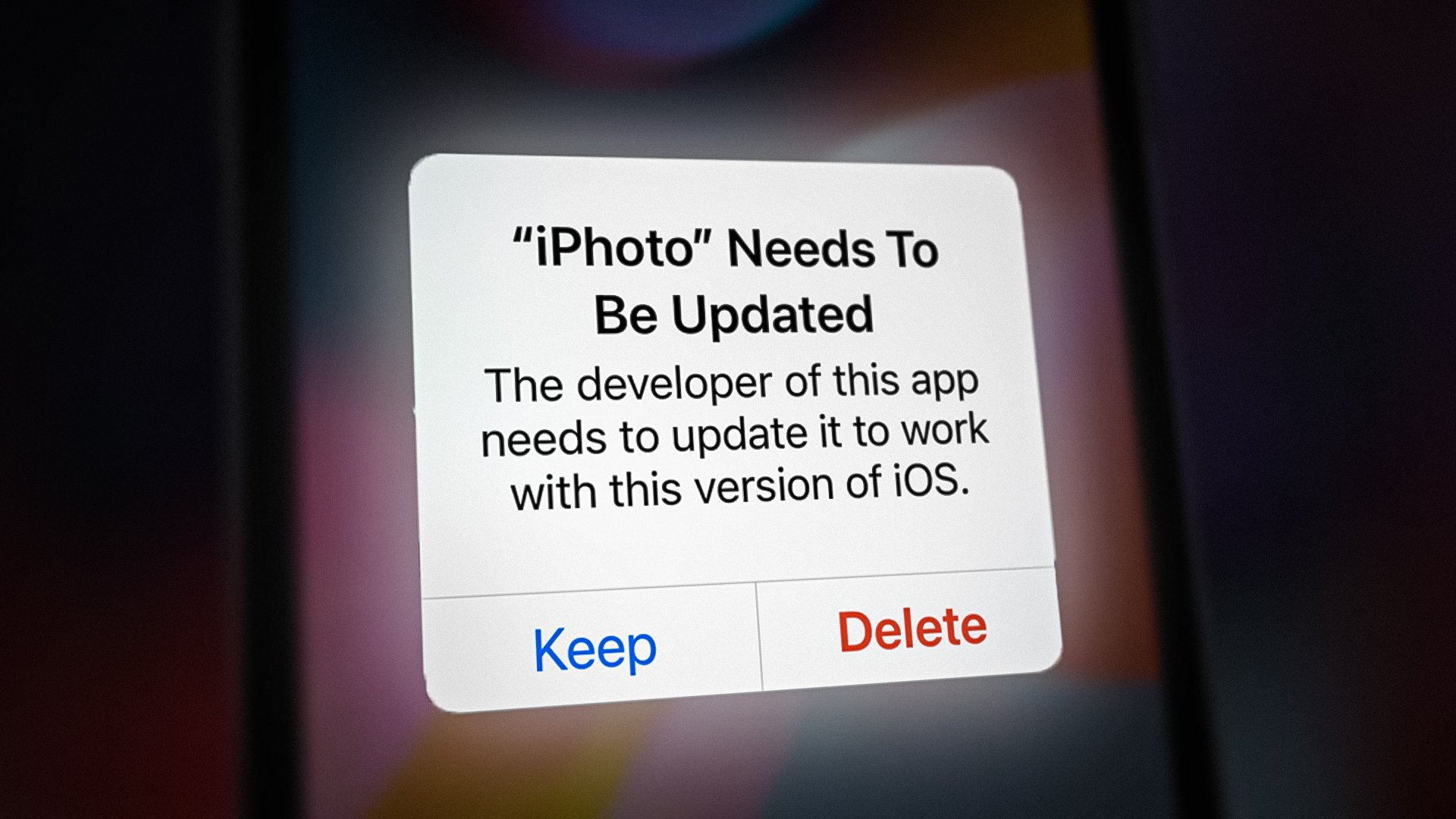
If you keep the iPhoto app and try to update it, it will not update, and the message will keep popping back, making the device unusable. If you choose to delete, there is a risk you may lose your old photos. The iPhoto update message is usually shown after an OS or iOS update.
This caused quite a stir (that’s why you are here), but no need to worry, it is not a virus/malware, or your photos are at risk. IPhoto’s development was stopped in 2015, but it remained part of many Apple devices (buried deep in the device apps). Now, Apple is trying to get rid of it on the devices, and the approach could have been better, but here is what can be done to keep your old iPhoto libraries safe and delete the app.
Backup Your Device
The first step should be to back up your device (just to be safe). You can skip this step if you have a backup of your device or iPhoto images. To back up an iPhone or iPad on iTunes, you may follow the steps below (do not connect the phone to the PC until asked to):
On Windows
- Install (if already not installed) iTunes on your system and launch it as an administrator once installed.
- Now expand Help and select Check for Updates.
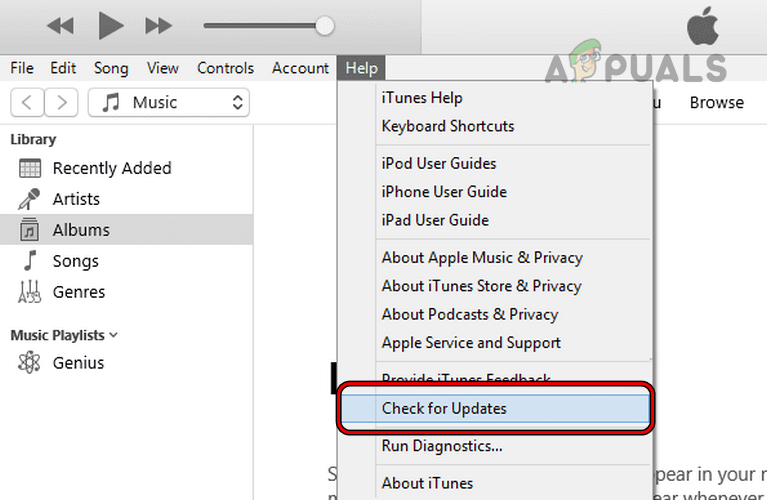
Check for iTunes Updates - If an iTunes update is available, install it.
- Now relaunch iTunes and then, in the Edit menu, open Preferences.
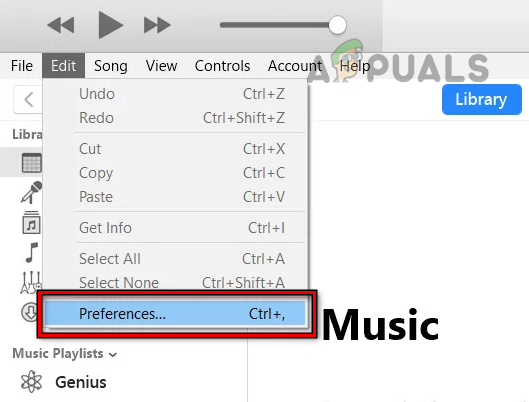
Open iTunes Preferences on Windows - Then head to the Devices tab and tick the checkbox of Prevent iPods, iPhones, and iPads from Syncing Automatically. This is essential; otherwise, the PC may overwrite your iPhone/iPad’s internal storage.
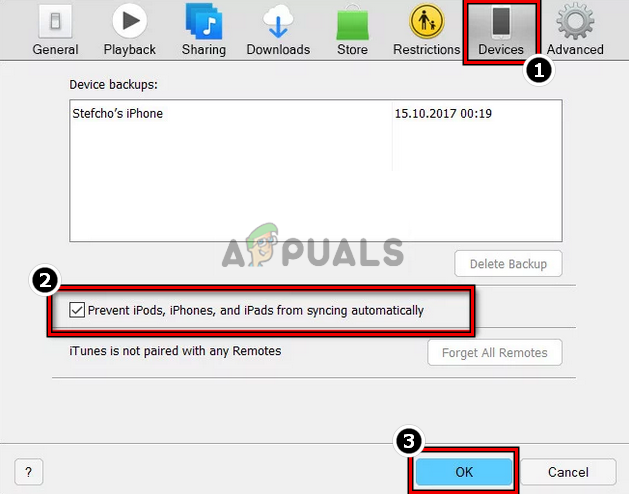
CheckmarkPrevent iPods, iPhones, and iPads from Syncing Automatically in the Devices Tab of the iTunes Preferences - Now click OK and connect the device to your computer through the OEM USB cable.
- Then your device will be shown in the iTunes window. If not, try through another cable on a different USB port of the Mac.
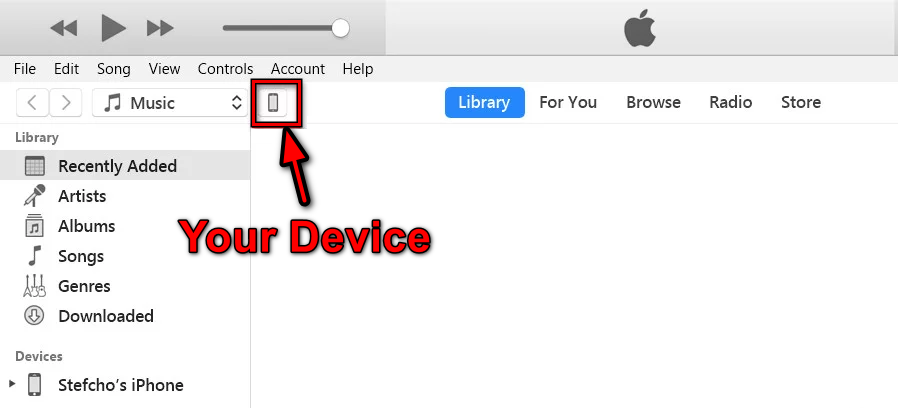
Click on Your Apple Device in the iTunes - Now click on your device in iTunes and head to the Summary tab in the left pane.
- Then, in the right pane, click on the Back Up Now button in Manually Backup and Restore section.
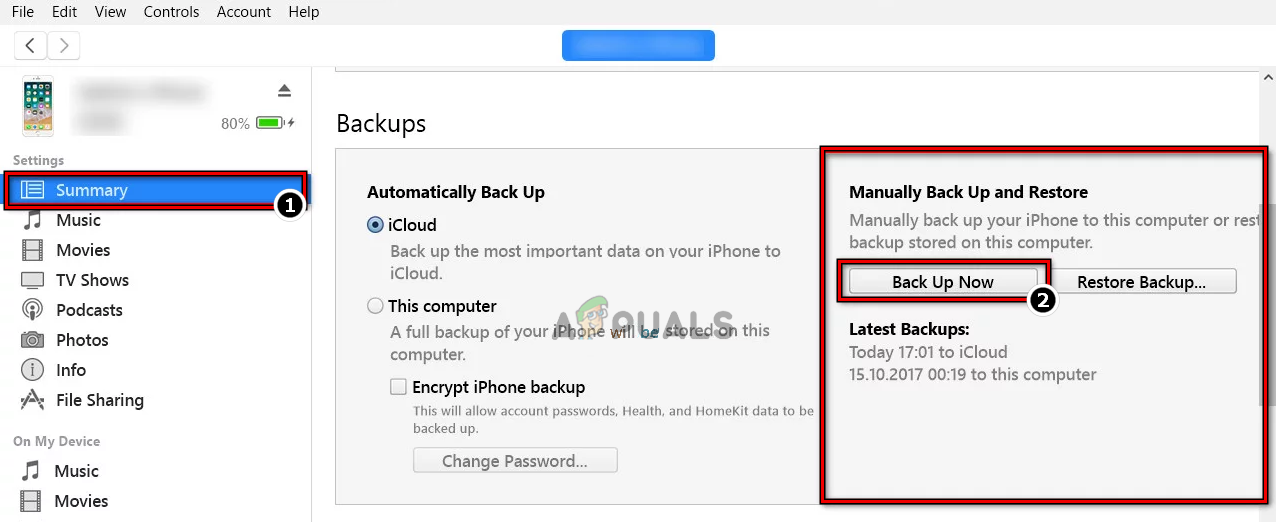
Manually Backup Your iPhone Through the iTunes - Now, wait till the process completes. This may take time, depending on the size of the backup.
On Mac
- On a Mac, install iTunes (if not installed).
- Now launch Apple App Store and click on Check for Updates.
- If Mac or iTunes updates are available, download and install the updates.
- Then, on Mac’s menu bar, expand the iTunes menu and select Preferences.
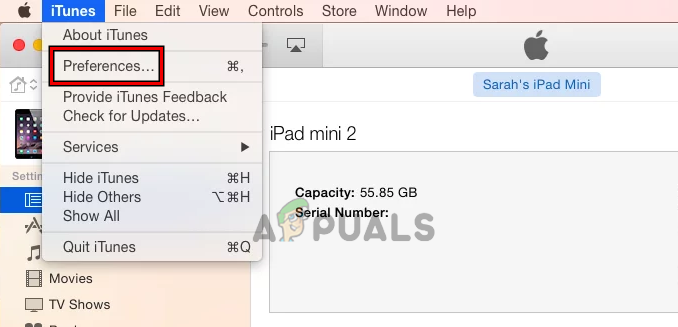
Open iTunes Preferences on the Mac - Follow steps 5 to 10 of the Windows section (discussed above) and back up your iPhone or iPad.
Delete the iPhoto App from Your Device
Once your device’s backup is ready, you can delete the iPhoto app. To do so on an iPhone or iPad:
- Locate the iPhoto app on your iPhone and tap/hold the iPhoto icon.
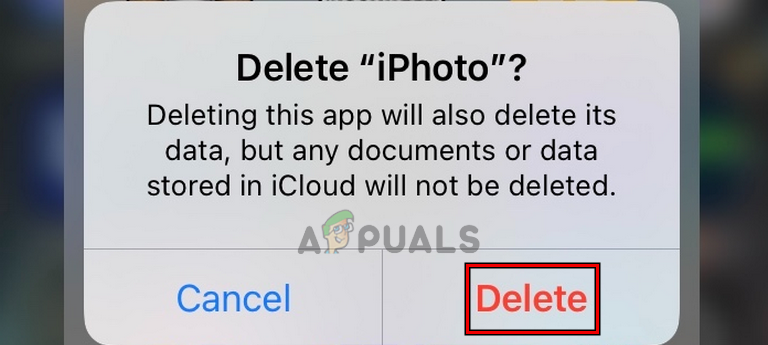
Delete the iPhoto App on the iPhone or iPad - Then select Delete App, and afterward, confirm to delete the app.
Launch the Photos App and Update its Library
Once the iPhoto app is deleted from your device, launch the Photos app on your Apple device and check if your photos are still present (there are minimum chances they wouldn’t but if so, restore the backup created earlier). In some cases, you may need to update the library of the Photos app (usually an automated process). To do so on a Mac:
- Press/hold the Options key on your Mac and launch the Photos app.
- Now a prompt will be shown to Select a Library on your Mac.
- Then select the iPhoto Library and click on Choose Library.
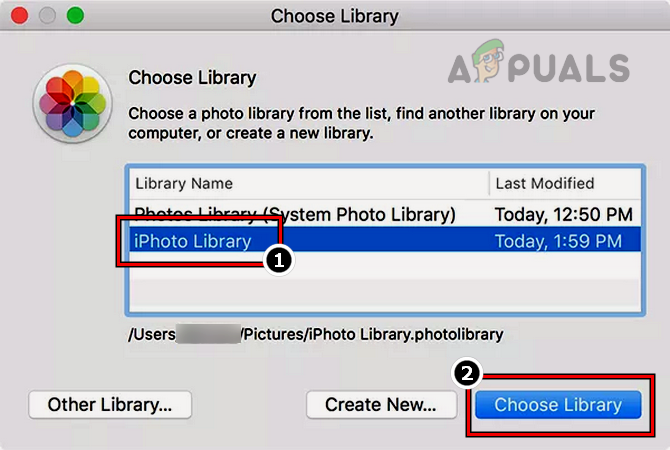
Select iPhoto Library and Click on Choose Library for the Apple Photos App - Now you can manage your iPhoto images in the Phones app.
If any of your iPhoto images are not opening in Photos, there are tools and utilities to do so like iPhoto Library Upgrader.
Force Restart Your Device
If the “iPhoto needs to be updated” prompt re-appears after deleting the app, delete the app once again (discussed earlier), and force restart (or in Apple terms: Hard Reset) your device. For an iPhone:
- Quickly tap on the volume-up button of your iPhone.
- Now press and immediately release your iPhone’s volume down
- Then press and hold the iPhone’s power (or side button). Do not release the button when iPhone’s power menu is shown.
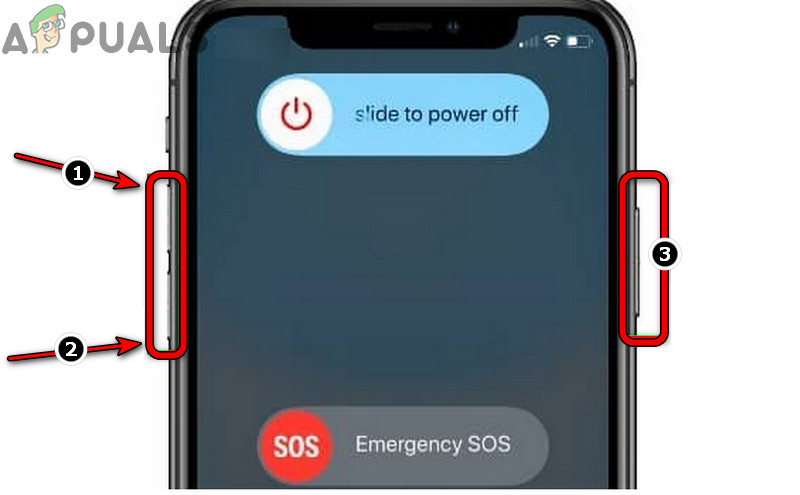
Force Restart the iPhone - Now keep on waiting while holding the power or side button till the Apple logo is shown on your iPhone’s screen, and afterward, release the button.
- Then wait till the iPhone is properly powered on; hopefully, the iPhoto app will be removed from your iPhone.
That is it, readers. Have suggestions or queries? We are waiting in the comments section.





